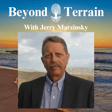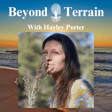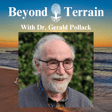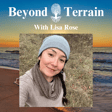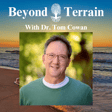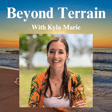
Bryan Michelson on Movement, Floor Sitting, Biomechanics Training and the Movement Detox!
In this week's episode, we are joined by Bryan Michelson as we explore the multifaceted concept of health and embark on a journey into the realm of movement. We delve into Bryan's personal journey, leading into an exploration of the basics of movement. We discuss fundamental principles that underlie the importance of motion for overall health.
We explore Bryan's program and philosophy of the movement detox, which includes the benefits of sitting on the floor, offering practical insights into incorporating movement into daily life. Biomechanics training then takes center stage, where we delve into the science of how the body moves and the significance of proper mechanics.
We explore various manual therapies, including osteopathy, chiropractic care, cranial sacral therapy, and the concept of meridians, considering their impact on movement and well-being. The episode concludes with a discussion on taking responsibility and how comfort should be responsibly avoided.
Join us for a comprehensive exploration of health and movement!
I hope you enjoy the episode.
Follow me
https://www.instagram.com/beyond.terrain/
https://linktr.ee/beyondterrain
Support the Vision
https://www.buymeacoffee.com/beyondterrain
ETH: beyondterrain.eth
BTC: bc1qqwc470ktgj3l4myqxr5hq67rnlqys0qm98u6f0
Support and Learn from Bryan

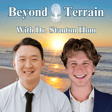
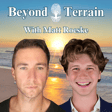
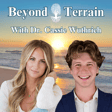
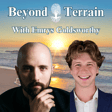
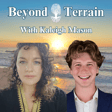
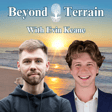
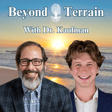
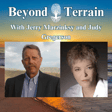
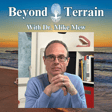
![DNA Doesn't Exist & Genomic Nonsense with Dr. Jerneja Tomsic [Part 2] image](https://media.zencastr.com/cdn-cgi/image/width=112,quality=85/image-files/652933f3a749dc383eb375de/ce5a5fd9-98c9-44fe-9b4b-3d0cd5abcf29.png)
